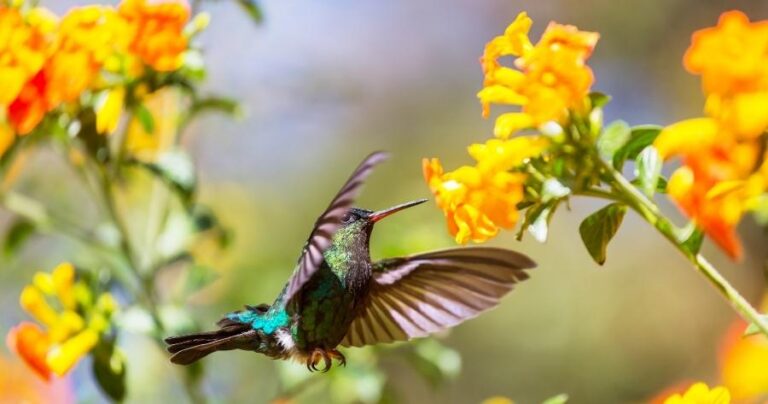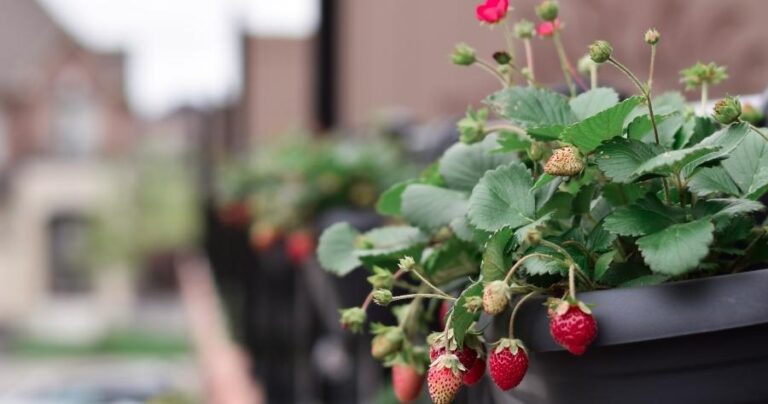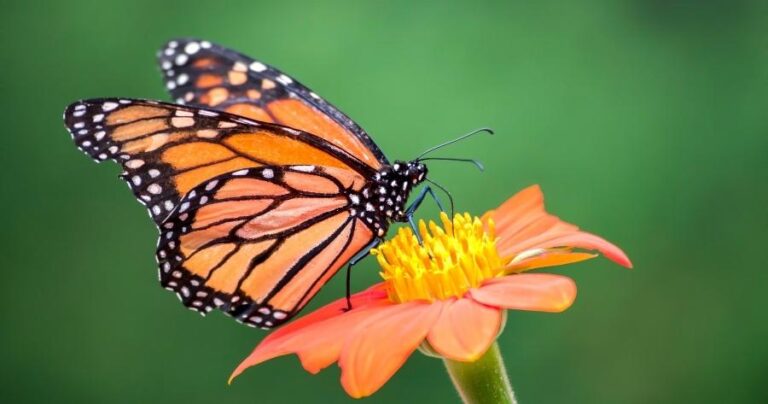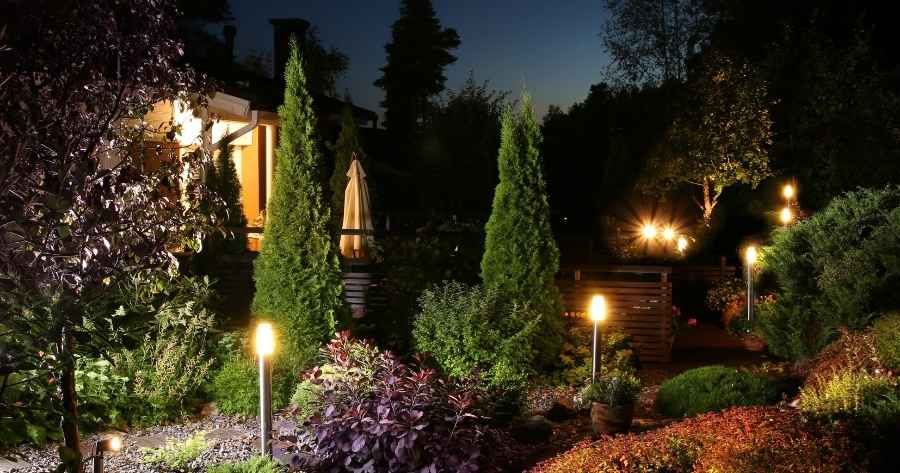
The Best Lighting For Indoor Gardening
Indoor gardening has transformed from a niche hobby into a mainstream lifestyle. Whether you’re cultivating herbs in a city apartment, nurturing succulents on a windowsill, or building a full-scale hydroponic system, one thing determines your success more than almost anything else: light.
Plants thrive on light. They don’t just need it; they rely on it for photosynthesis, growth, and flowering. But when natural sunlight isn’t enough, the right indoor grow lights become essential. Choosing the wrong light can stunt growth, cause leggy plants, or even kill your garden. On the other hand, the right lighting system can mimic the sun, bringing your plants to life in vibrant green health.
In this ultimate guide, we’ll dive deep into the best lighting for indoor gardening. From the science of light to the different types of grow lights, setup tips, and plant-specific recommendations, you’ll have everything you need to build a thriving indoor garden, whether you’re growing lettuce in your kitchen or orchids in your living room.
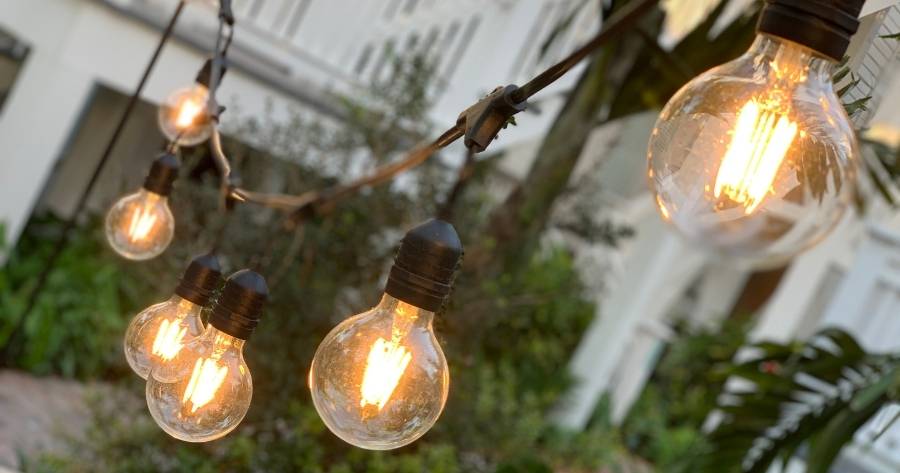
The Importance of Proper Lighting in Indoor Gardening
Before jumping into the different lighting options, it’s important to understand why light matters so much.
Plants use light through photosynthesis, a process where they convert light energy into sugars that fuel their growth. But not all light is equal. Plants respond to certain wavelengths more than others.
- Blue light (400–500 nm): Encourages leafy growth and strong stems. Perfect for seedlings and vegetative stages.
- Red light (600–700 nm): Stimulates flowering, fruiting, and budding. Essential for flowering plants and fruit-bearing crops.
- Far-red light (700–750 nm): Helps plants stretch and impacts flowering cycles.
- Full-spectrum light (400–700 nm): Mimics sunlight and supports plants throughout their entire life cycle.
When growing indoors, your plants won’t get the same natural balance of light as outdoors. That’s why choosing the right artificial lighting is key; it replaces or supplements the sun.
Natural Light vs. Artificial Light Indoors
Some gardeners try to rely solely on windowsills or balconies for plant lighting. While this can work for houseplants like pothos or spider plants, it’s rarely enough for vegetables, herbs, or flowering crops.
- South-facing windows: Best for maximum light, but often still insufficient for demanding crops.
- East/west-facing windows: Moderate light but not strong enough for growth-heavy plants.
- North-facing windows: Minimal light, only good for shade-loving plants.
That’s where artificial grow lights come in, they let you control intensity, duration, and spectrum so your plants thrive even in a windowless room.
Types of Indoor Grow Lights
There isn’t a one-size-fits-all light for indoor gardening. The best choice depends on what you’re growing, your budget, and your available space. Let’s break down the most popular options.
1. Fluorescent Grow Lights
Fluorescents have been the go-to option for small-scale indoor gardeners for decades.
- T5 Fluorescents: Slim, efficient, and provide bright, cool light. Great for herbs, greens, and seedlings.
- CFLs (Compact Fluorescents): Spiral bulbs that screw into regular sockets. Affordable and easy to find, ideal for beginners.
Pros:
- Affordable
- Low heat emission
- Widely available
Cons:
- Lower intensity compared to LEDs or HID
- Not great for flowering/fruiting plants
Best for: Seedlings, herbs, leafy greens, and small-scale gardens
2. HID (High-Intensity Discharge) Lights
HID lights dominated indoor gardening before LEDs became mainstream. They’re powerful and effective for large setups.
- Metal Halide (MH): Produces bluish light, great for vegetative growth.
- High-Pressure Sodium (HPS): Produces reddish-orange light, excellent for flowering.
Pros:
- High intensity
- Proven results for large gardens
Cons:
- Expensive to run (high electricity use)
- Generate a lot of heat—requires ventilation
- Bulky setup
Best for: Advanced growers with larger indoor gardens
3. LED Grow Lights
LEDs are the current gold standard for indoor gardening. They’re efficient, customizable, and long-lasting.
- Full-Spectrum LEDs: Mimic natural sunlight, covering all growth stages.
- Targeted Spectrum LEDs: Allow customization of red/blue balance depending on plant stage.
Pros:
- Energy-efficient (use less electricity)
- Long lifespan (50,000+ hours)
- Produce less heat
- Available in different sizes and designs
Cons:
- Higher upfront cost (but cheaper long-term)
- Quality varies widely, cheap LEDs can underperform
Best for: All-purpose indoor gardening, from houseplants to vegetables
4. Incandescent Grow Lights
These are the traditional “grow bulbs” many beginners try.
Pros:
- Very cheap
- Easy to install
Cons:
- Extremely inefficient (use lots of power)
- Produce too much heat
- Poor light spectrum for plants
Not recommended for serious gardening
Choosing the Right Light for Your Plants
Different plants have different lighting needs.
Leafy Greens & Herbs
- Examples: Lettuce, spinach, basil, cilantro
- Best light: Full-spectrum LEDs or T5 fluorescents
- Lighting time: 12–16 hours per day
Flowering Plants
- Examples: Orchids, hibiscus, African violets
- Best light: LEDs with strong red spectrum
- Lighting time: 12–14 hours per day
Fruiting Plants
- Examples: Tomatoes, peppers, strawberries
- Best light: LEDs or HPS with red light emphasis
- Lighting time: 14–16 hours per day
Succulents & Cacti
- Need strong, direct light
- Best light: High-intensity full-spectrum LEDs
- Lighting time: 12–14 hours per day
How to Set Up Indoor Grow Lights
It’s not just about the type of light; it’s also how you set it up.
- Distance from plants:
- Fluorescents: 6–12 inches above plants
- LEDs: 12–24 inches (depending on wattage)
- HIDs: 24–48 inches (due to heat)
- Light duration:
Use timers to automate 12–16 hours of light per day. Plants also need a dark period to rest. - Reflective surfaces:
Line walls with reflective material (mylar, aluminum foil, or white paint) to maximize light efficiency. - Ventilation:
Prevent overheating with fans or exhaust systems.
Common Mistakes in Indoor Garden Lighting
- Using the wrong bulb: Standard home bulbs don’t provide the right spectrum.
- Placing lights too far/close: Too far causes weak growth, too close burns leaves.
- Not adjusting for growth: Plants need different light as they move from seedling to flowering.
- Ignoring electricity costs: Choose energy-efficient lights if growing long-term.
Advanced Lighting Tips
- Supplement natural light: Even if you have a sunny window, extra grow lights can boost growth.
- Use adjustable lights: Raise or lower lights as plants grow taller.
- Mix light types: Some gardeners combine LEDs and fluorescents for a more balanced spectrum.
- Seasonal adjustments: Increase light in winter when natural daylight is shorter.
Cost Breakdown of Indoor Garden Lighting
- Fluorescent setup: $50–$150 (low cost, beginner-friendly)
- LED setup: $100–$500+ (higher upfront, lower long-term cost)
- HID setup: $200–$600+ (high energy bills, extra cooling required)
The Future of Indoor Gardening Lights
Lighting technology is evolving quickly. Smart grow lights with app controls now allow you to adjust spectrum and intensity automatically. Some even simulate sunrise and sunset cycles for more natural growth. As efficiency improves, indoor gardening will become even more sustainable and accessible.
Conclusion
The best lighting for indoor gardening depends on your plants, space, and budget. For most home growers, full-spectrum LED lights strike the perfect balance of efficiency, flexibility, and plant health. Fluorescents are excellent for beginners and leafy greens, while HIDs remain strong options for advanced, large-scale growers.
No matter what you grow; herbs, vegetables, flowers, or succulents, the right lighting setup can make your indoor garden flourish year-round. With the right choice, you can turn any room into a thriving oasis of greenery.
